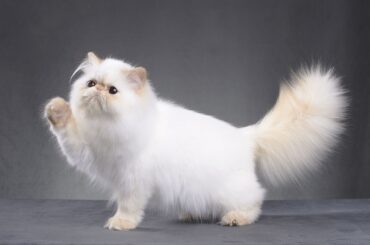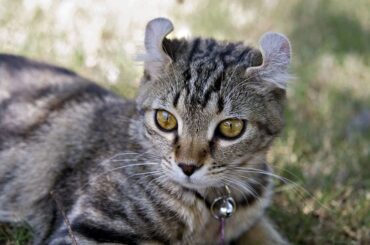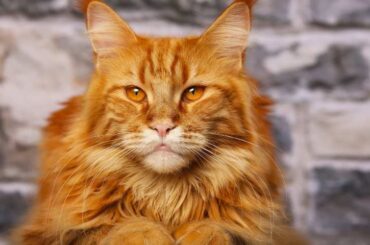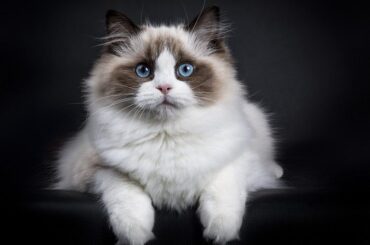In 1960, a single cat gave birth to the Devon Rex. The progenitor of the Devon breed, a rogue, frizzy tom, resided at an old tin factory near Buckfastleigh, a little hamlet in Devon, southwest England, near Cornwall, where the Cornish Rex was born. Beryl Cox encountered Devon for the first time in 1959 in Buckfastleigh, Devon, United Kingdom. Initially, the breed was supposed to be related to the Cornish Rex, but test mating revealed differently.
This cat breed is thought to have originated in the Devonshire region of England about 1960. Female domestic short-haired cat mated with stray tomcat with unusual coat curl. The resulting litter produced one curly-coated kitten named Kirlee, who was instantly recognized for his distinct hair.
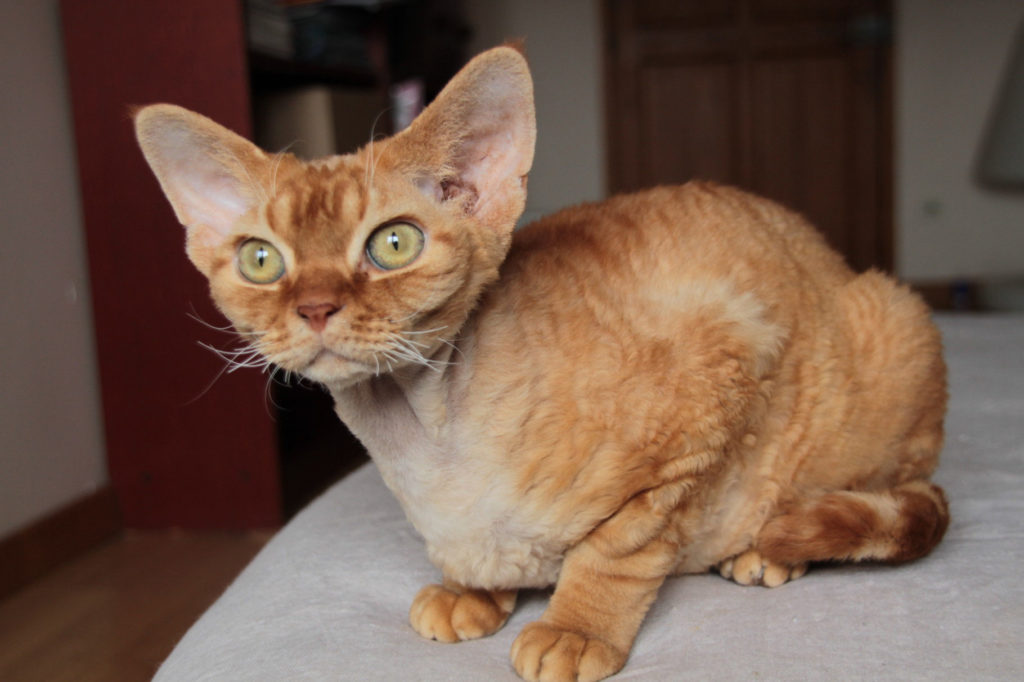
Because of their coat, they are frequently regarded as one of the most hypoallergenic cats available. They are not, however, technically hypoallergenic. Kirlee was bred to female Cornish Rex cats in an attempt to generate kittens with the same coat attributes as the Cornish Rex breed, believing that the cat had a common curly coat gene with the Cornish Rex breed.
Another DNA mutation was eventually revealed to be responsible for the Devon Rex’s distinctive wavy coat and low-set triangular ears, making it a distinct breed. Kirlee’s natural mutation was preserved through a successful breeding program. The first Devon Rex cat was imported to the United States in 1968, and the breed was officially recognized by the Cat Fanciers’ Association in 1979.
Table of Contents
Body Structure
Their wide heads have slightly rounded ears that are positioned low on the sides, huge eyes, and slightly raised noses. Unlike most cats, their whiskers are extremely short and curled to the point where they appear to be devoid of whiskers. Their physical type is defined by its lightness. Their toes are particularly huge, and their lengthy, sturdy legs are well suited for long leaps.
Guard hair, awn hair, and down hair are the three types of hair found on cats. The coat of the Devon Rex is remarkable in that it has very little guard hair. Devon Rex fur curls due to a different mutation and gene than Cornish and German Rex fur curls, hence breeding a Devon with either of those cats results in cats without rexed fur. Devons, medium-sized cats, are commonly referred to as “pixie cats” due to their unusual appearance.
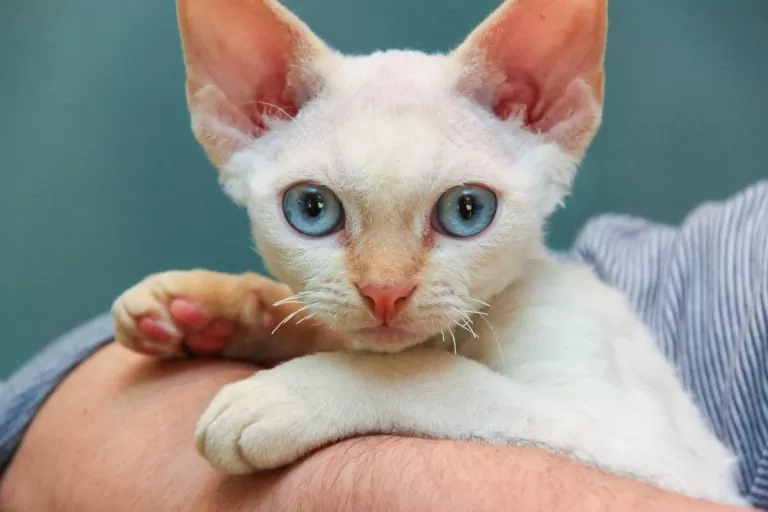
These small felines have a thin, wavy coat that comes in a variety of colors and patterns, in addition to their remarkable facial traits. These cats, which arose from a spontaneous mutation in the early 1960s, have been described as “out-of-this-world” in terms of both appearance and behavior. The length is approximately 8 inches, and the weight is approximately 6 to 9 pounds.
Behavior
They are distinguished from other breeds by their loyalty, devotion, playfulness, courage, and intellect. Devons are shoulder perchers, lap sitters, tail-waggers, and flung cat toy retrievers. They have a strong sense of curiosity and want to be a part of whatever it is you’re doing.
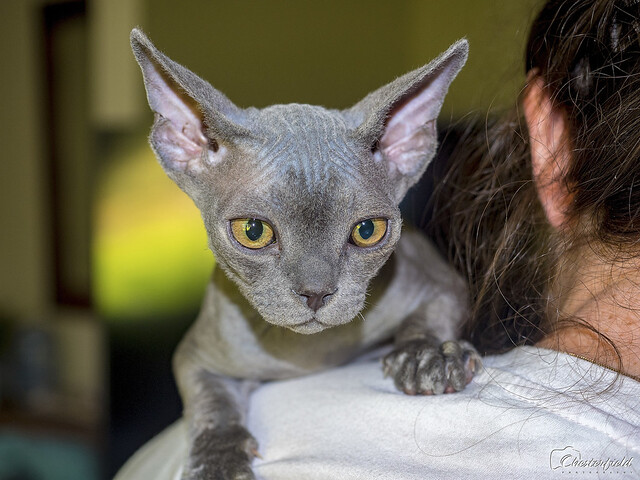
A further common characteristic is their romantic gesture: they have a particular fondness for being close to their human companions, and can frequently be found mounted on one’s shoulder or nestled into the cranny created by the neck and shoulder when prone. The Devon Rex is a loyal companion that will often follow the object of their devotion from floor to floor, seeking to pounce onto their arms, lap, or shoulder.
Caring
The Devon Rex is a friendly cat who prefers to be around people or other animals. While not as noisy as certain breeds, these cats will definitely be noticed and heard with their active personalities and vocal behavior in order to win your attention—and possibly a treat. This training can help you and your cat forms a stronger bond while also giving mental stimulation to this bright animal.
Once a week, gently wipe your cat’s fur with a moist cloth. Excessive grooming on your part or on your cat’s part can result in bald patches. The neck and chest appear bony due to the short coat and prominent features. For your cat’s enjoyment, provide a variety of toys, as well as appropriate perches and climbing posts.
Health
Their slim bodies, wavy coats, and huge ears make them stand out. This breed of cat can learn complex skills, but it can be tough to encourage. Patellar luxation and hip dysplasia are common in the Devon Rex. Devon Rex Myopathy is another inherited issue to be aware of. It’s possible that it’ll get sunburned. The usual lifespan is between 10 and 15 years.

